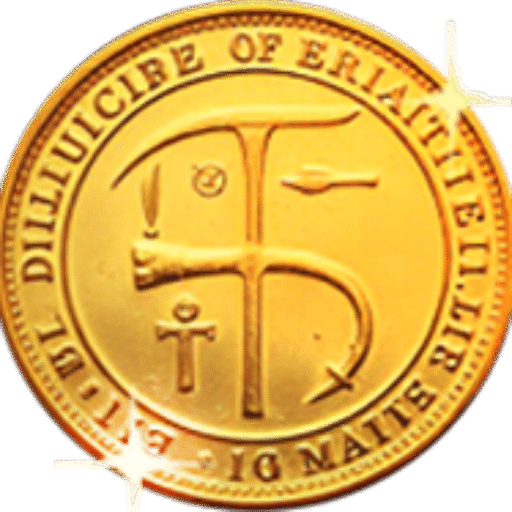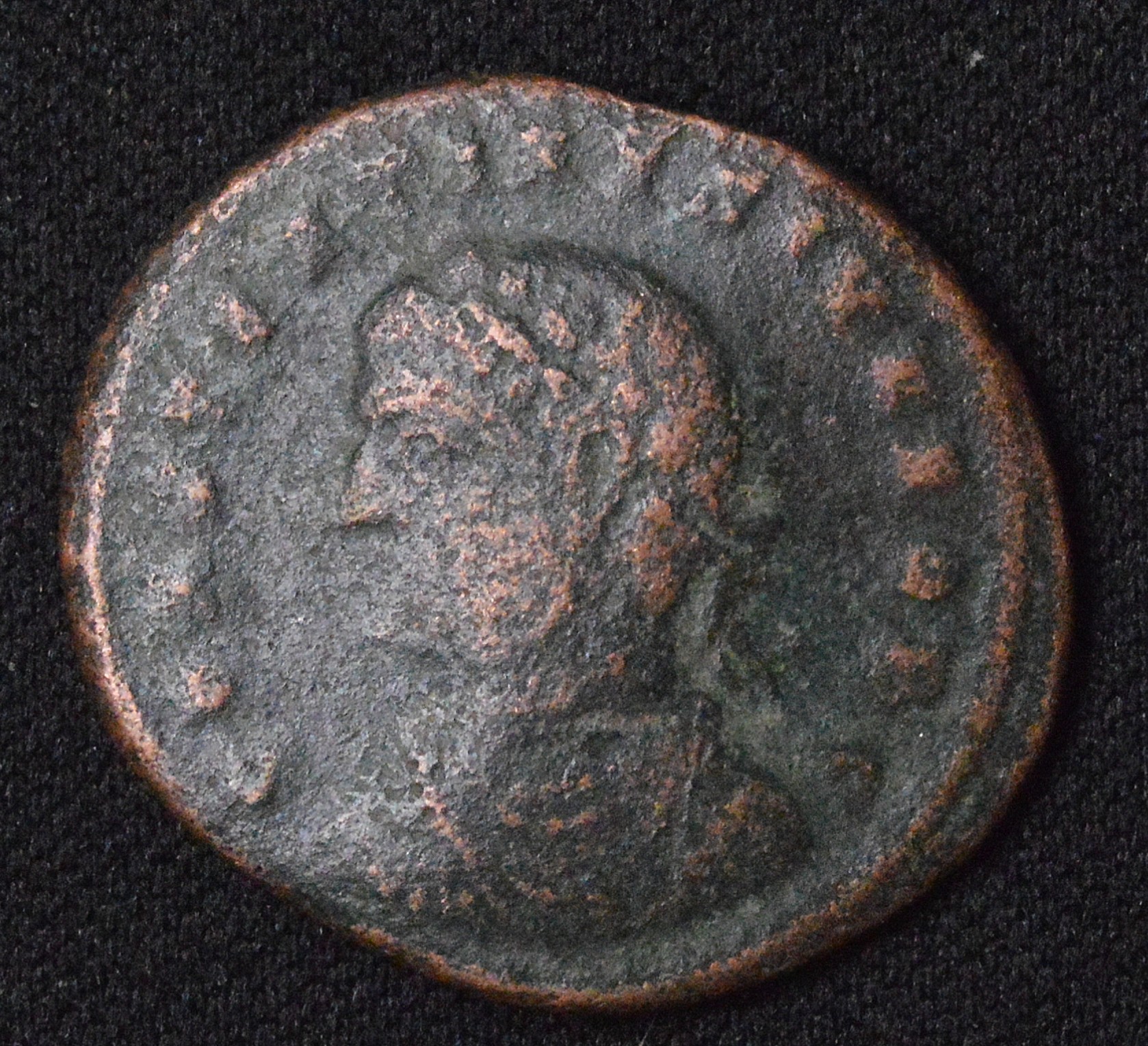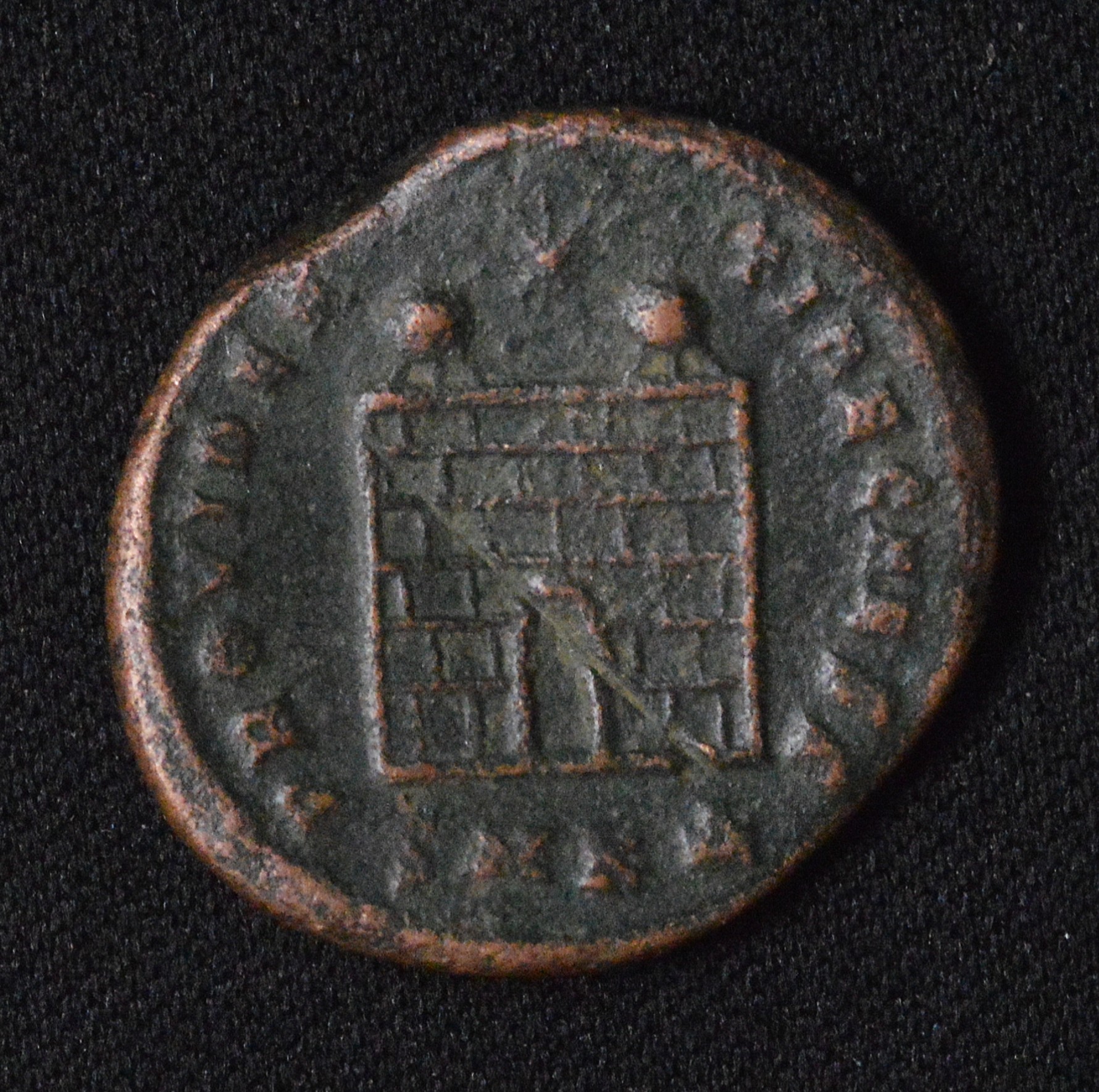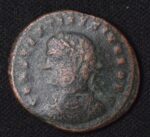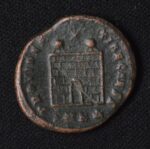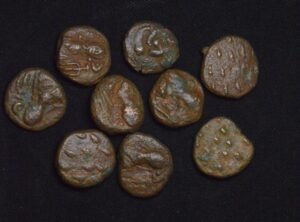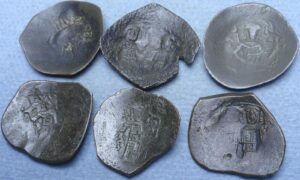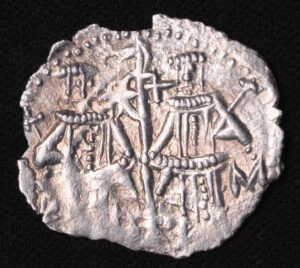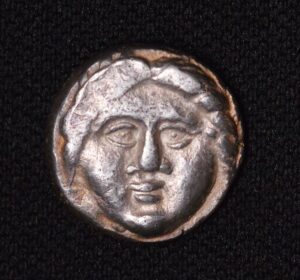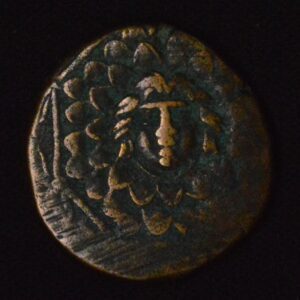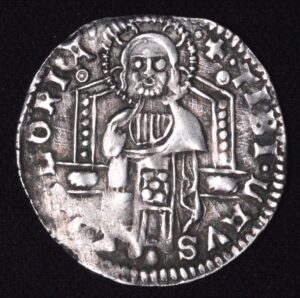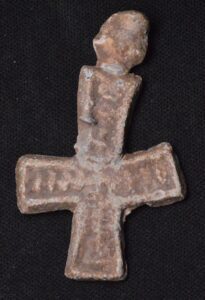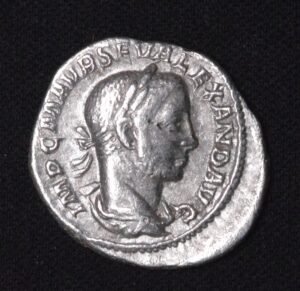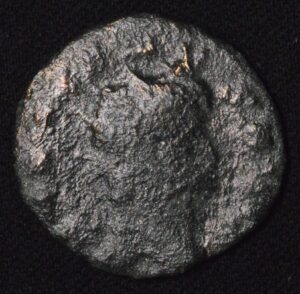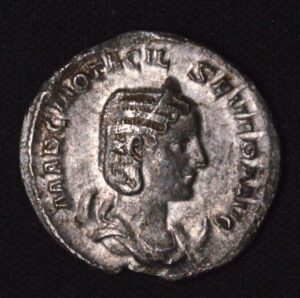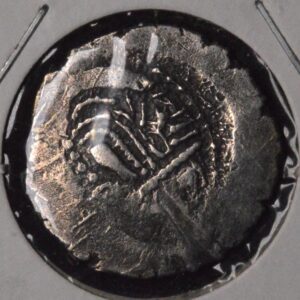Description
Ancient coins from Roman lots can vary, but typical examples include bronze denominations such as the as, dupondius, or sestertius. These coins often feature a bust of an emperor, important figure, or symbolic deity on the obverse, and a variety of reverse designs that may include gods, imperial themes, or symbols relevant to the issuing period. The as, for example, is a classic bronze coin used throughout the Republic and Empire, with Janus or later imperial portraits on the front and a ship’s prow or symbolic image on the reverse.
Roman bronze coins were cast or struck in a range of sizes and usually show inscriptions in Latin, sometimes with control marks or letters to indicate the specific mint. Their weight, size, and design could differ dramatically depending on era and location, but common examples from lots tend to have well-worn details due to centuries of circulation. Metal composition was typically bronze (an alloy of copper with tin and/or lead), and many exhibit green to brown patinas as a result of age.
A coin from Lot 2 could be any of these types, offering insight into Roman economic life, art, and history. Even worn examples are valued by collectors for their tangible connection to the ancient world and the stories they hold about emperors, cities, and religious or political developments.
Ancient coins from Roman lots can vary, but typical examples include bronze denominations such as the as, dupondius, or sestertius. These coins often feature a bust of an emperor, important figure, or symbolic deity on the obverse, and a variety of reverse designs that may include gods, imperial themes, or symbols relevant to the issuing period. The as, for example, is a classic bronze coin used throughout the Republic and Empire, with Janus or later imperial portraits on the front and a ship’s prow or symbolic image on the reverse.
Roman bronze coins were cast or struck in a range of sizes and usually show inscriptions in Latin, sometimes with control marks or letters to indicate the specific mint. Their weight, size, and design could differ dramatically depending on era and location, but common examples from lots tend to have well-worn details due to centuries of circulation. Metal composition was typically bronze (an alloy of copper with tin and/or lead), and many exhibit green to brown patinas as a result of age.
A coin from Lot 2 could be any of these types, offering insight into Roman economic life, art, and history. Even worn examples are valued by collectors for their tangible connection to the ancient world and the stories they hold about emperors, cities, and religious or political developments.
CUSTOMER FEEDBACK








Related Products & Newly Released!
-
$30.00
-
$300.00
-
$110.00
-
$69.00




SHIPPING POLICY
Your order is shipped from the United States with USPS tracking within one business day.
14 Day Return Policy
You can return your item back within
14 days of the purchase

Secure payments
Your payments are 100% secure and are processed through Square or PayPal on a protected security network.
SHIPPING POLICY
FREE International and Domestic (United States) shipping. Your order is shipped with USPS tracking 24 hours after you order.
14 Day Return Policy
You can return your item back within
14 days of the purchase

Secure payments
Your payments are 100% secure and are processed through Square or PayPal on a protected security network.
RESOURCES
support
Get Fresh Articles!
Sign up now to receive our articles for the latest insights and promotions!
RESOURCES
support
Get Fresh Articles!
Signup our newsletter to get update insight or promotions.

